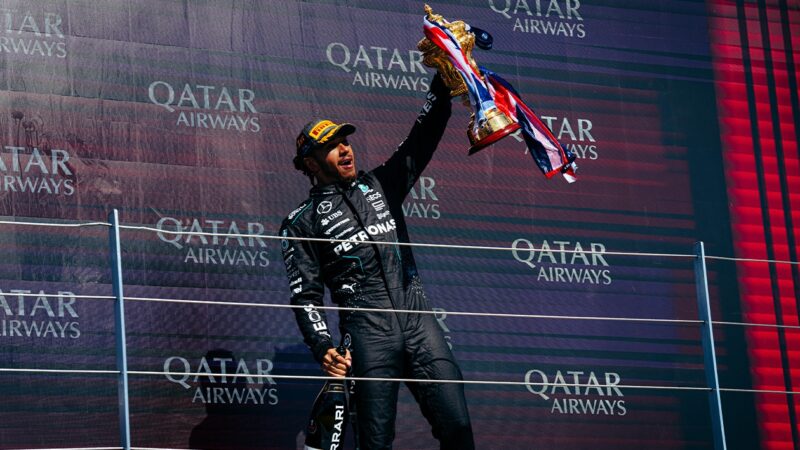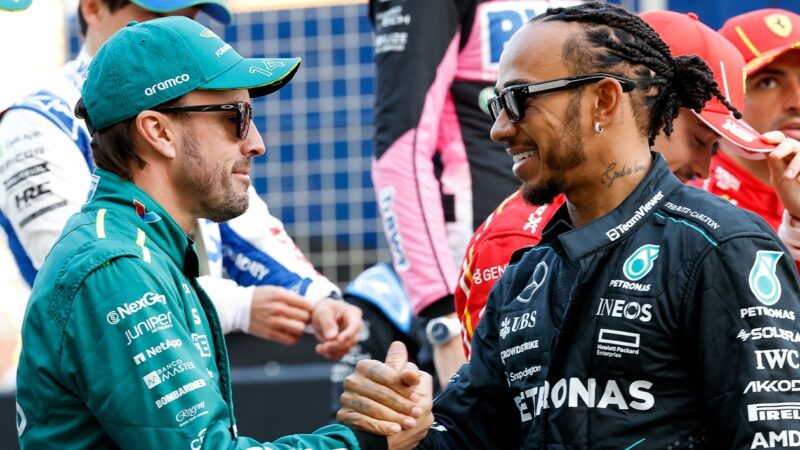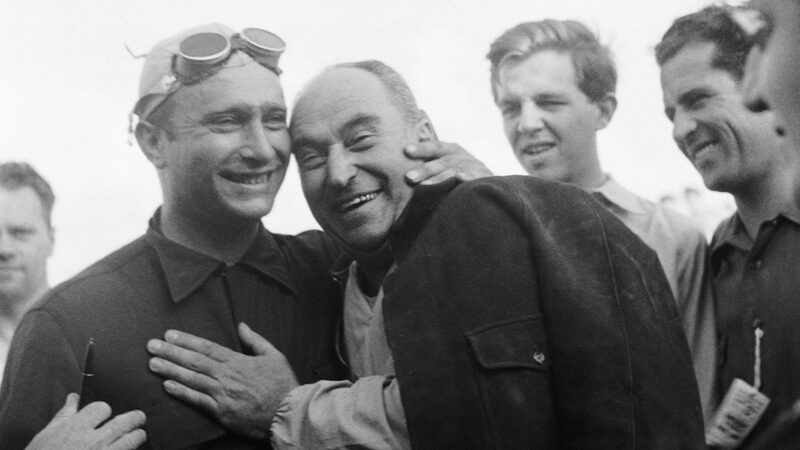I have worked with Alonso, too, in 2015, 2016, and 2017. It is a regret of mine that those three seasons, in which he and I developed a chummy rapport at McLaren, were among the Woking team’s most agonising anni horribiles, and in many ways I would have liked to stay on at Aston Martin for one more season, rather than leaving at the end of 2022, so that I could have worked with him there in 2023, during which year he drove with consistent brilliance.
As I say, I very much hope that Aston Martin’s F1 engineers will dig themselves out of the car-development hole that they currently find themselves in, but Red Bull, McLaren, Ferrari and Mercedes all run truly excellent F1 engineering operations, and catching them will be difficult for my old friends at ‘Team Silverstone’, not least because the unrelenting precipitousness of the top four teams’ performance-advancement upcurves makes them dauntingly fast-moving targets. Moreover, although Aston Martin lies a respectable fifth in the constructors’ world championship table on 68 points, it is arithmetically much, much closer in terms of points scored to RB in sixth (on 31 points) and even Haas in seventh (on 27 points) than it is to Mercedes in fourth (on 221 points). No wonder Lawrence Stroll has offered a king’s ransom to Adrian Newey. I have no idea whether or not he will accept it; all I do know is that other teams have made him similarly magnificent offers. Media pundits have recently been fond of saying and writing that the F1 driver market currently hinges on where Carlos Sainz ends up going. So it may – but, in terms of impact on the F1 ecosystem, Sainz’s movements pale by comparison to the repercussions wide and deep that would be provoked by a move by Newey to Aston Martin, Ferrari, or McLaren.

Hamilton, 39, “exists to win”
Mercedes-AMG
I agree with Steiner about Hamilton’s and Alonso’s physical fitness. Both men remain supremely capable when it comes to tackling the task of racing a modern F1 car on the ragged edge for nigh-on two hours, even in Qatar and Singapore, where heat exhaustion has been a factor for some drivers in recent years: the phrase that springs to mind is ‘as fit as a butcher’s dog’. But I disagree with Steiner about Hamilton’s and Alonso’s mental fitness: the phrase that springs to mind here is ‘as tough as old boots’. I have worked with them both at McLaren, for five years with Lewis and for three years with Fernando. I have never encountered any other drivers anywhere near as competitive as either of them. They both exist to win. As far as Lewis is concerned, I think we saw that on Sunday. Wherever Newey ends up, I dearly hope that Hamilton’s Ferrari and Alonso’s Aston Martin will both be fully competitive next year.
Or, since last week Steiner spoke of 1950s F1, let’s put it this way. The first ever British Grand Prix of F1 world championship status was run on May 13, 1950. The winner was Giuseppe Farina, 43; second was Luigi Fagioli, 51; both of them driving Alfa Romeos. Imagine the roar from the Silverstone crowd if, in 12 months’ time, 75 long years after Farina’s and Fagioli’s success in the same place, 43-year-old Fernando Alonso were to win the British Grand Prix for Aston Martin, hounded all the way by 40-year-old Lewis Hamilton in his Ferrari. Or vice versa. Bring it on!



